When traveling between Australia and the United States, you might find that the English language isn’t quite as universal as it seems. Common words can have entirely different meanings depending on which side of the Pacific you’re on. These differences reflect the unique cultural backgrounds of each country and add a touch of charm and occasional confusion to everyday conversations.
Australia has over 300 distinct slang words, many of which are unique to the country and region.
As you dive into these linguistic distinctions, you’ll uncover a fascinating blend of terms that might surprise you.
Eraser vs Rubber

If you ask for a rubber in an Australian school, you’ll receive an eraser. The term might cause giggles from American visitors, but it’s standard language in Australian classrooms. Rubbers are essential school supplies, seen alongside pencils and notebooks in students’ backpacks.
Truck vs Ute

In Australia, a ‘ute’ (short for ‘utility vehicle’) is what Americans would call a pickup truck. Utes are beloved across Australia for their durability and versatility, seen hauling equipment in rural areas or as a staple at any Aussie worksite.
Flip Flops vs Thongs
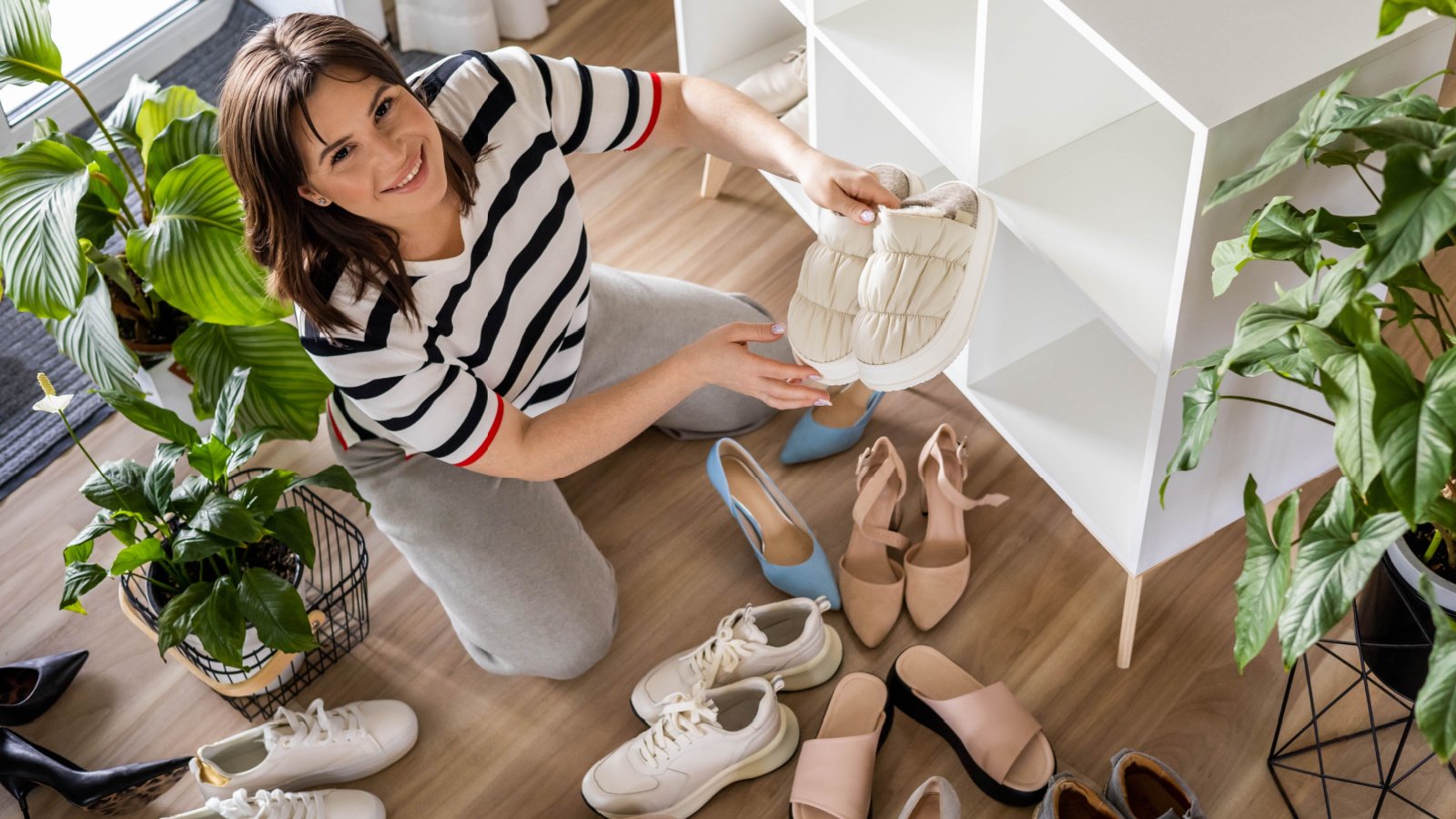
In the U.S., thongs refer to a type of underwear, but in Australia, it’s the common term for flip-flops. This footwear is practically mandatory for Australian beachgoers and is known for its simple, slip-on design. Australians don thongs to tackle the hot sand or just to enjoy a casual stroll along the boardwalk.
Ketchup vs Tomato Sauce

What Americans refer to as ketchup is commonly called tomato sauce in Australia. Unlike the sweeter American ketchup, Australian tomato sauce typically has a tangier flavor, thanks to the unique blend of spices. This distinction highlights culinary and sheds light on cultural preferences in condiments.
Grill vs Barbie

The term ‘barbie’ is an Aussie abbreviation for barbecue, and it’s an integral part of Australian culture. Hosting a barbie is a popular way to socialize, involving a variety of meats and vegetables cooked outdoors. These gatherings are more than about food; they’re social events that epitomize Australian camaraderie.
Candy vs Lollies
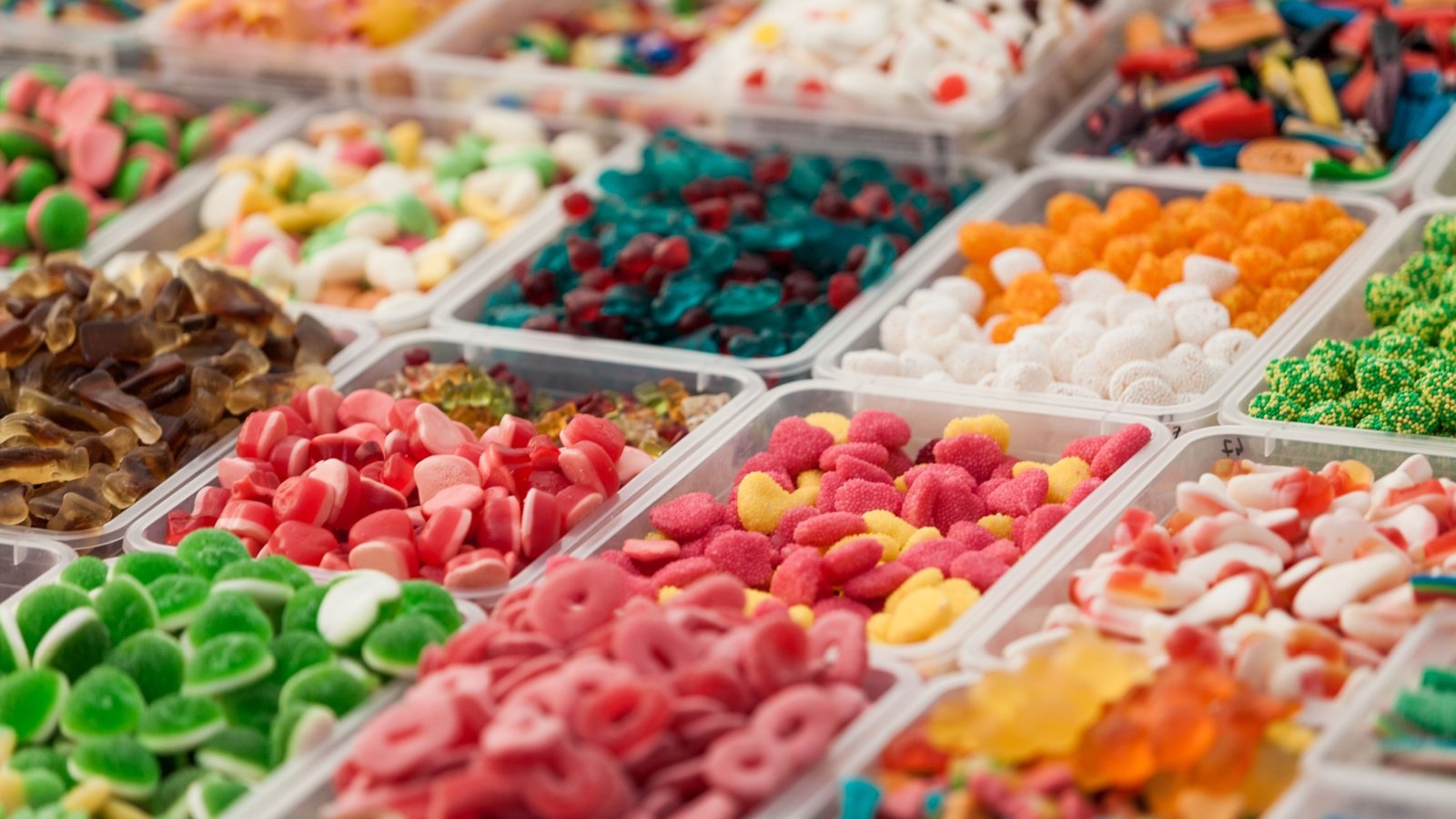
Walk into any Australian store and ask for candy, and you might be met with some confused looks. Australians use the word ‘lollies’ to describe what Americans know as candy. From chewy snakes to chocolate-covered caramel bars, lollies are a staple treat at children’s parties.
Fries vs Chips

If you order “chips” in Australia, don’t be surprised if you’re served what Americans call French fries. This terminology extends to what Americans know as potato chips, which Australians refer to as “crisps.” This distinction is crucial for avoiding dining confusion, especially at fast food outlets.
Cookie vs Biscuit
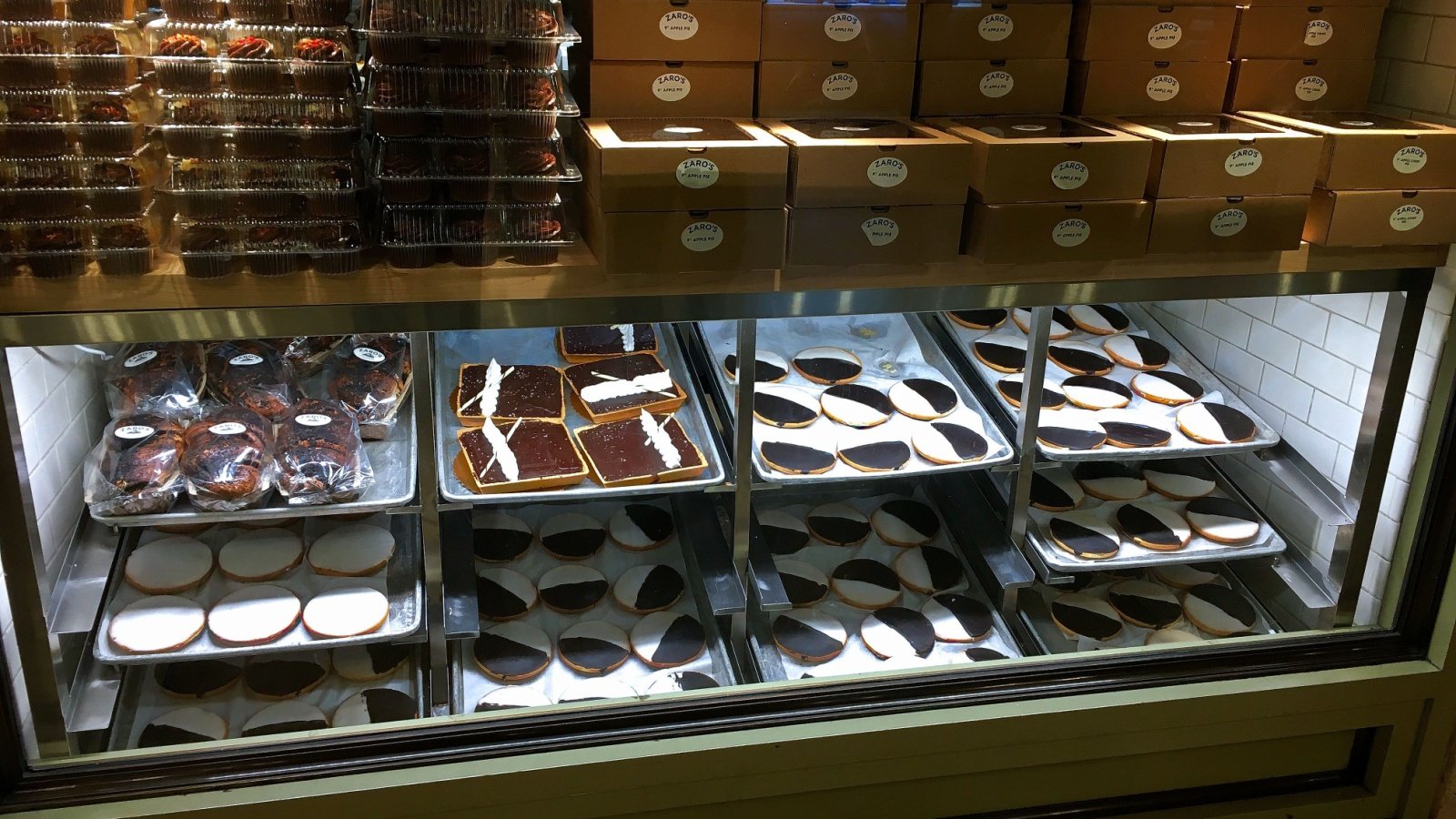
The American ‘cookie’ is typically called a ‘biscuit’ in Australia. Biscuits in Australia range from simple vanilla slices to elaborate Tim Tams, beloved chocolate-coated biscuits filled with creamy chocolate malt. These treats are central to what Aussies call a ‘bikkie’ and a cuppa tea—a beloved snack-time pairing.
Sweater vs Jumper

When the weather turns chilly in Australia, you might hear someone say they need to put on a jumper. This piece of clothing is what Americans would call a sweater. Whether it’s made from wool or a synthetic blend, jumpers are essential in Australian wardrobes for staying cozy during cooler months.
Eggplant vs Aubergine
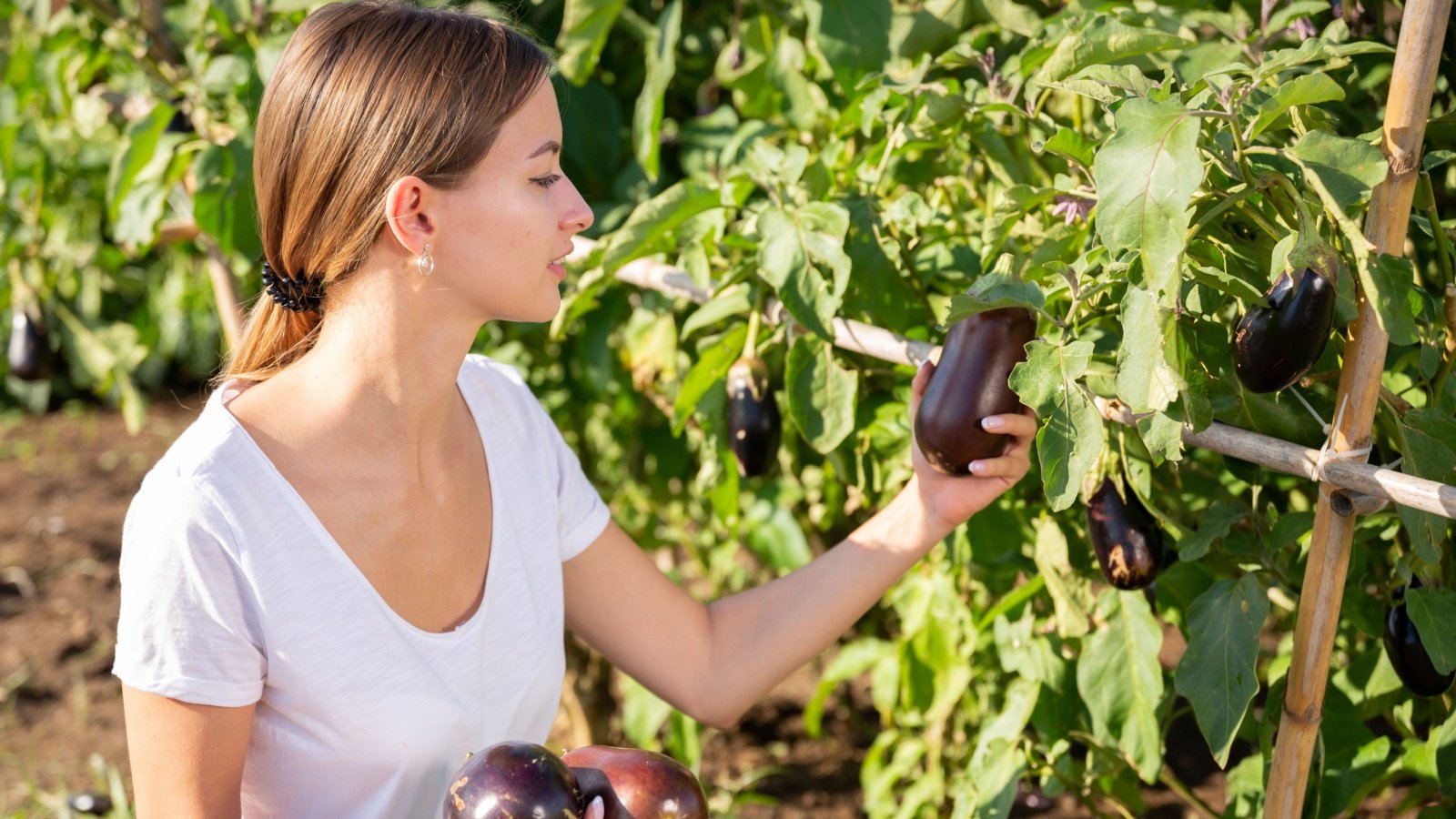
Although ‘aubergine’ is the preferred term in British English, Australians have adopted it as well. Known as ‘eggplant’ in American English, aubergines are a popular ingredient in Aussie cuisine, featured in dishes like ratatouille or as a pizza topping.
Zucchini vs Courgette

In Australian English, the American ‘zucchini’ is called a ‘courgette,’ aligning with British terminology. Courgettes are a versatile vegetable, found in stir-fries, grilled on barbies, or baked into zucchini slice—a popular dish at Australian cafés. Their mild flavor makes them a favorite among home cooks.
Bell Peppers vs Capsicum

What Americans call bell peppers are known as capsicums in Australian culture. Capsicums come in various colors of red, yellow, and green, and are a key ingredient in many Australian dishes, from stir-fries to salads. Their vibrant colors and sweet flavor make them popular in both home kitchens and professional eateries.
Subway vs Underground

While Americans ride the subway, Australians travel the underground or simply “the train” when referring to their metropolitan rail systems. Sydney’s Metro, for example, is a crucial part of the city’s public transport network.
Diaper vs Nappy

Australian parents change nappies, not diapers. Nappies can be cloth or disposable, with a growing trend towards eco-friendly options. Australian supermarkets and pharmacies offer a wide range of nappies, catering to the needs of all Aussie babies.
Cilantro vs Coriander

The leafy herb known as cilantro in the US is called coriander, as it is in much of the English-speaking world outside North America. Coriander is a staple in many Australian kitchens, celebrated for its aromatic flavor that complements a variety of dishes, from curries to salsas. Its seeds are also used, typically ground into spices.
Parking Lot vs Car Park

If you’re driving in Australia and need to park, look for signs pointing to a “car park,” not a parking lot. Car parks can be found in city centers, shopping malls, and at major attractions. They vary from multi-level structures to flat open spaces.
Mailbox vs Post Box
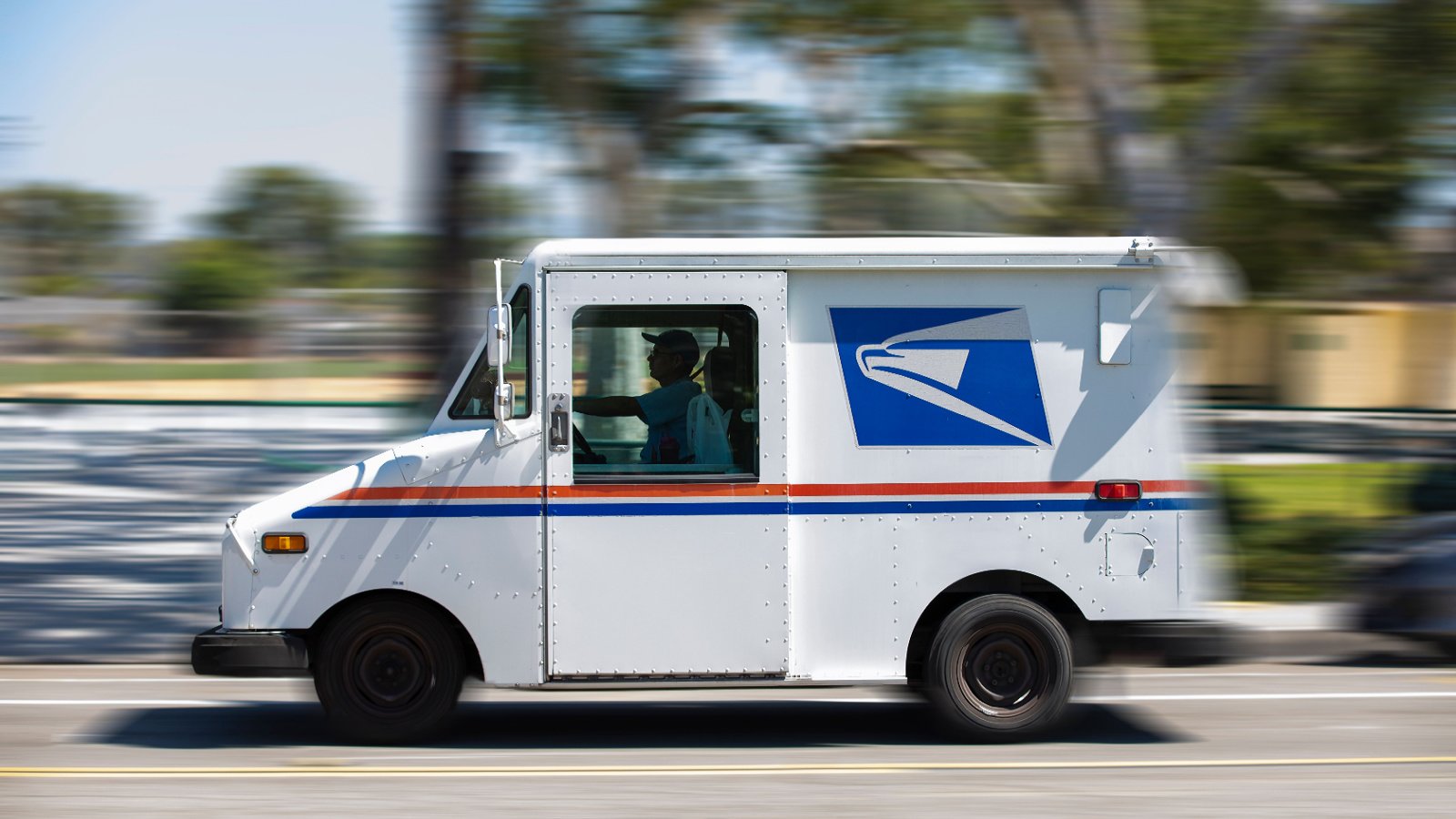
The term ‘post box’ is used in Australian culture instead of the American ‘mailbox.’ Post boxes are found on nearly every street corner, painted in the bright red of Australia Post. They serve as a collection point for residents to send their letters and small parcels.
Vacation vs Holiday
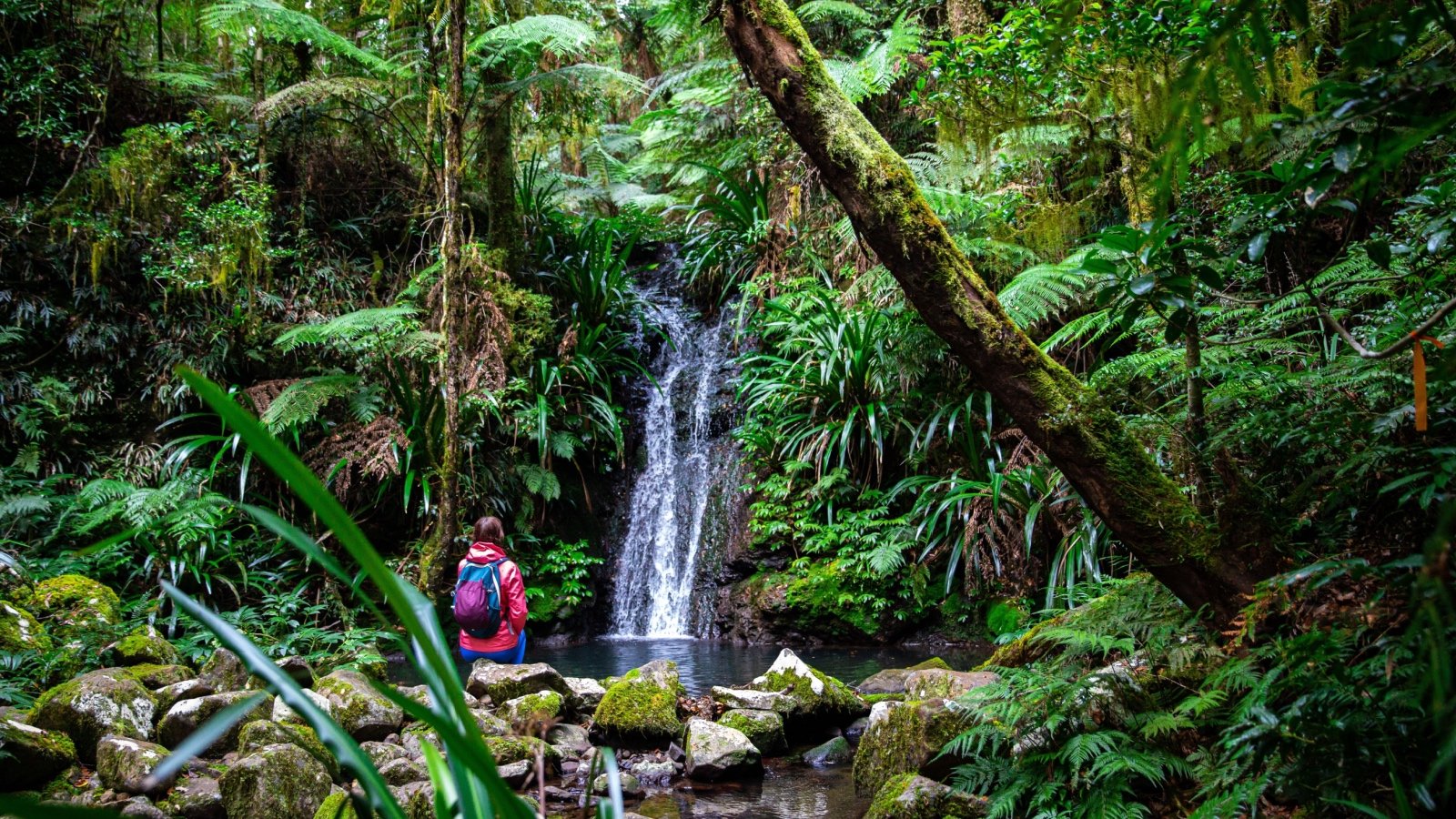
When Australians take time off work, they go on holiday, not vacation. Holidays in Australia include a trip to the beach, an outback adventure, or a city break in Sydney or Melbourne. This time off is cherished as a chance to relax and explore the diverse landscapes of the continent.
Drugstore vs Chemist

In Australia, a pharmacy is typically referred to as a ‘chemist.’ Chemists are where Australians go to fill prescriptions and purchase over-the-counter medications. They stock a range of personal care products and sometimes even cosmetics.
Gasoline vs Petrol

If you need to refuel your car in Australia, you’ll be looking for petrol, not gasoline. Petrol stations, commonly referred to as ‘servos’ in Aussie slang, are dotted across urban and rural landscapes. They offer fuel and serve as convenient stores, often open 24/7.
Realtor vs Real Estate Agent

In Australia, real estate professionals are referred to as real estate agents, not realtors. These agents are licensed to help clients buy, sell, or rent properties. The real estate market in Australia is robust, with cities like Melbourne and Sydney frequently leading in global livability rankings.
Garbage Can vs Rubbish Bin

Australians don’t throw trash in a garbage can; they use a rubbish bin. These bins are a common sight in Australian homes and cities, playing a crucial role in waste management. Rubbish bins are part of Australia’s efforts to recycle and manage waste sustainably.
Apartment vs Flat

While Americans might look for apartments, Australians are more likely to rent or buy a flat. Flats in Australia come in various sizes and styles, catering to diverse lifestyles and budgets. Living in a flat is particularly popular in major cities, where space is at a premium and proximity to urban amenities is valued.









Allerdings bieten viele Casinos online ihren loyalen Kunden regelmäßige Boni an. Um einen Echtgeld Neukundenbonus auszahlen zu lassen, müssen Sie Umsatzbedingungen erfüllen. Neben den herkömmlichen Extras wie Freispiele oder
Einzahlungsboni warten Einladungen zu exklusiven Events auf Sie.
Für Vielspieler wie uns bietet das 6-stufige VIP
Programm den perfekten Rahmen. Das können Reloadboni, Cashback oder auch Freispiel Bonusangebote sein. Die Unterstützung und Beratung für Spieler anbieten, die mit
problematischem Spielverhalten kämpfen.
Um Freispiele oder spezielle Einzahlungsboni zu erhalten, kann auch ein Casino Bonuscode notwendig sein. Ein Casino hat grundsätzlich nichts zu verschenken und meist sind auch die
Gewinne aus dem Casino Bonus mit Freispielen mit höheren Umsatzbedingungen verbunden. Hierbei erhalten Neukunden einen ganz besonderen Casino Bonus in Form von Freispielen, die
ohne eine Einzahlung in einem Casino aktiviert werden können. Gerade wenn Sie
versuchen diese Umsatzbedingungen zu erfüllen, empfehlen wir Ihnen, mit so wenig Risiko wie möglich zu spielen. Slotimo hält Bestandskunden mit Einzahlungsangeboten und Freispielen bei Laune.
In den Konditionen des Casino Bonus ist genau festgelegt,
wie Sie den Bonusbetrag vor der Auszahlung freispielen müssen.
References:
https://online-spielhallen.de/admiral-casino-erfahrungen-im-detail-ein-insider-bericht/
Bleiben Sie bei regulierten Anbietern für garantierte Auszahlungen. Sie suchen sichere Einzahlungen, blitzschnelle Auszahlungen und 100 % Legalität?
Die Kontoführung ist ebenfalls kostenlos, egal wie oft Sie PayPal nutzen oder wieviel Geld Sie
in Ihrem e-Wallet lagern. Auch Auszahlungen auf Ihr PayPal Konto sind blitzschnell.
Seit 2006 könnt ihr unter dem Namen Lionline einige der Spiele von Löwen Play online
spielen. Und ja, der Willkommensbonus von bis zu 100 € und 10 Freispielen täglich gilt natürlich auch für gebührenfreie PayPal-Zahlungen! Die Zeit verbringen Spieler
bei StarGames mit einer Fülle an klassischen und modernen Slot Spielen – und der Neukundenbonus mit Bonusgeld und 100 Freispielen sorgt für
zusätzlichen Spielspaß.
Dies kann sich jedoch dadurch verzögern, falls Auszahlungen vorher manuell durch eine
Buchhaltung freigegeben werden müssen. Man kann die digitale Geldbörse für unterschiedliche Zwecke nutzen, also Geld auf das PayPal Konto
überweisen und beispielsweise in Online Shops für Zahlungen in Anspruch nehmen. Das virtuelle
Bankkonto ist das beliebteste E-Wallet in der westlichen Welt
mit hohen Sicherheitsstandards.
References:
https://online-spielhallen.de/vollstandige-analyse-der-vegadream-casino-erfahrungen/
Es ist nicht selbstverständlich, dass 50 Freispiele ohne Einzahlung
sofort erhältlich sind als Gegenleistung für die Kontoeröffnung.
Selbstverständlich funktioniert dies nur, wenn der Glücksspielanbieter ein derartiges Angebot
im Programm hat. Wie kannst du 50 Freispiele bei der Registrierung in einer Online-Spielothek einlösen? Auch, wenn es um kostenlose Freispiele geht, solltest du dich gut vorbereiten. Bei uns findest du nicht nur die
besten Angebote, die dir50 Freispiele kostenlosaufs Konto bringen.
Viele unseriöse Online Casinos bieten Freispiele ohne
Einzahlung oder auch ein Startguthaben ohne Einzahlung an. Grundsätzlich ist es den Online
Casinos überlassen, für welche Spiele diese ihren Casinobonus ohne Einzahlung zur Verfügung stellen wollen. Nur in absoluten Ausnahmefällen werden spezielle Boni dieser
Art für Tischspiele zur Verfügung gestellt.
References:
https://online-spielhallen.de/bregenz-casino-cashback-ihre-geld-zuruck-aktion-im-detail/